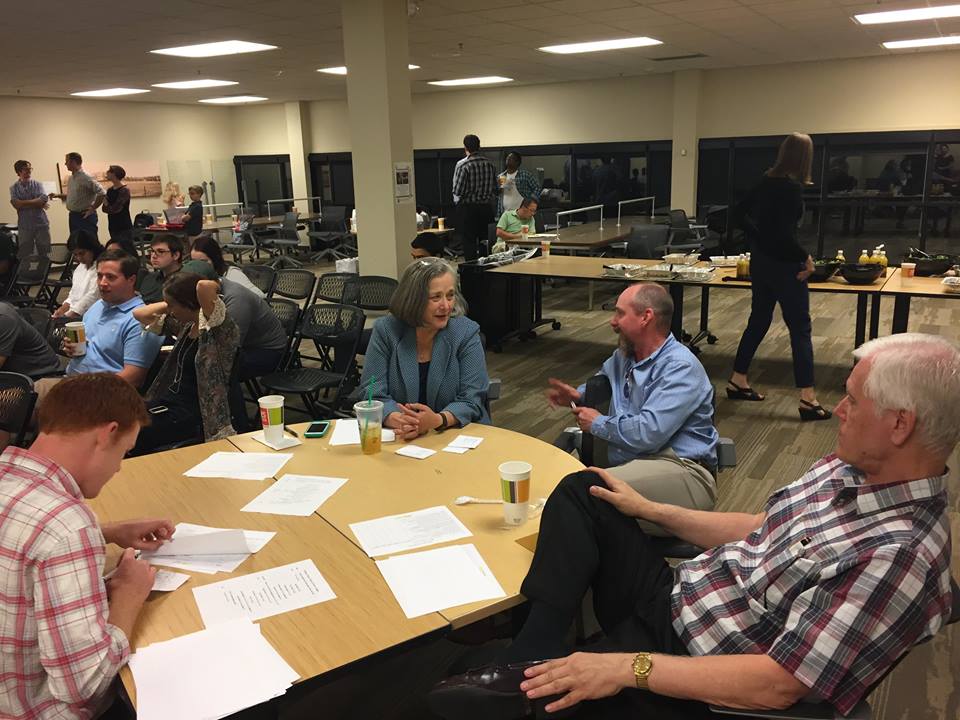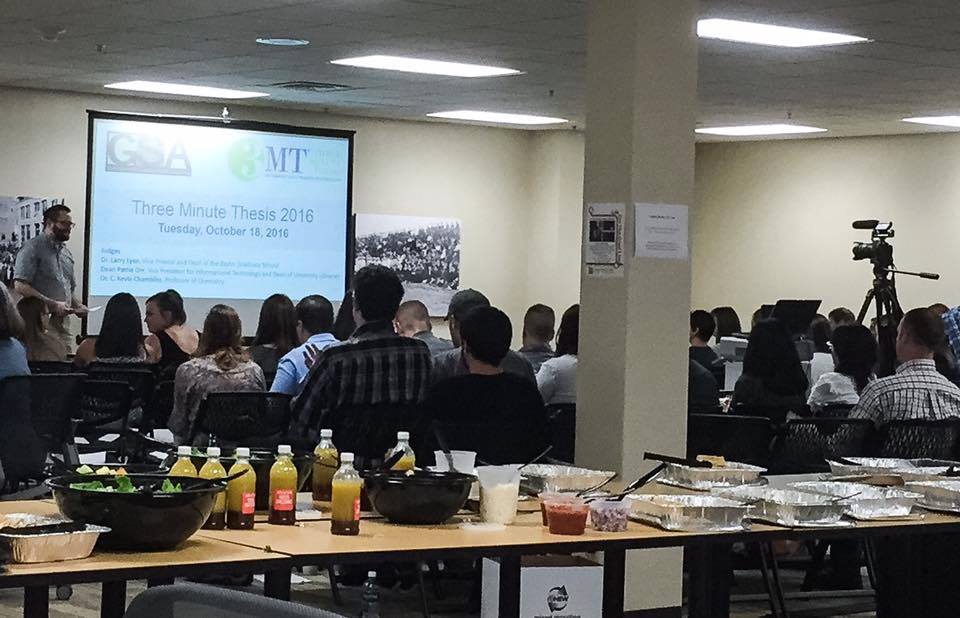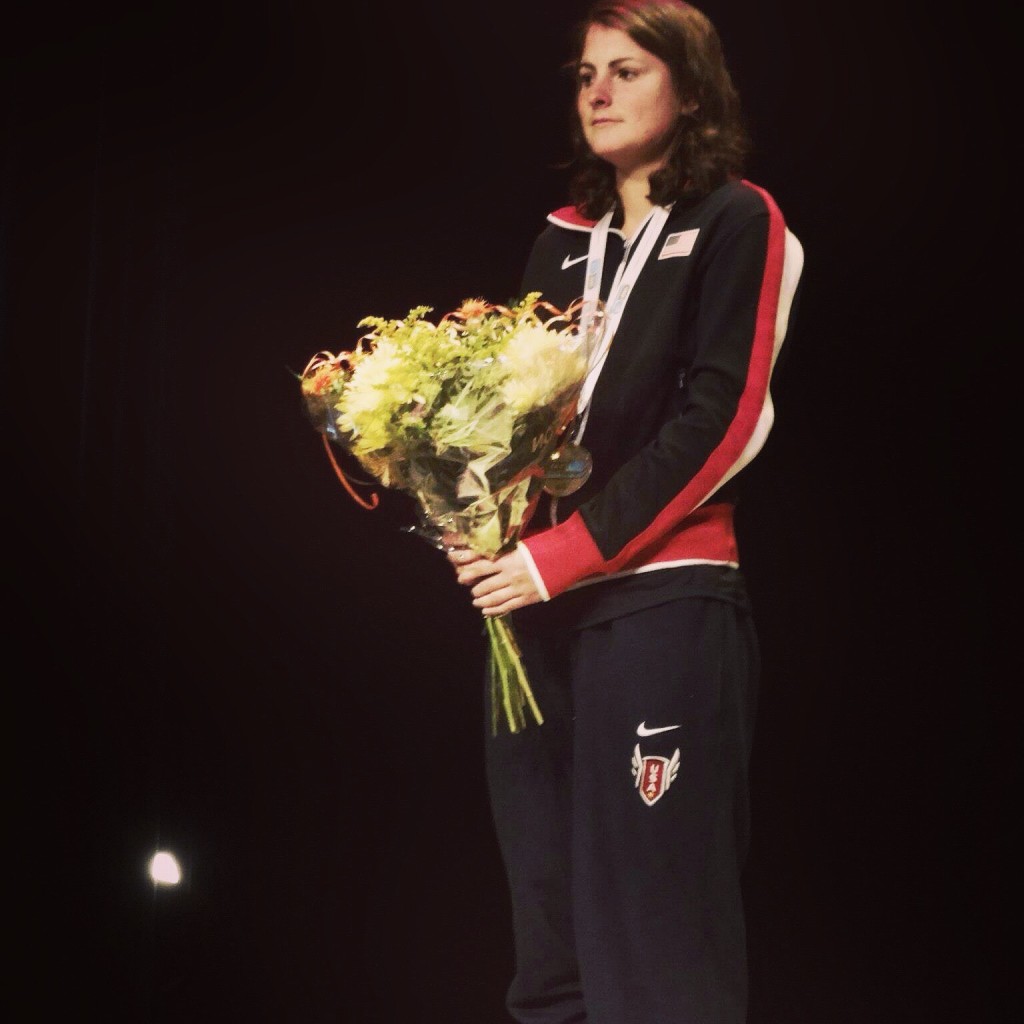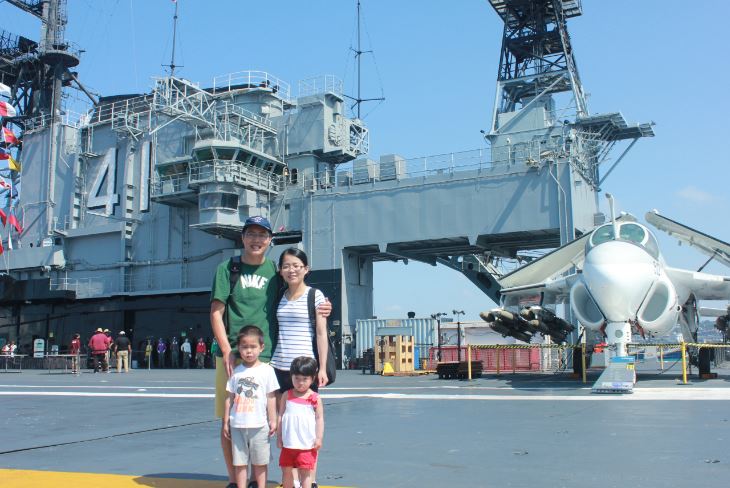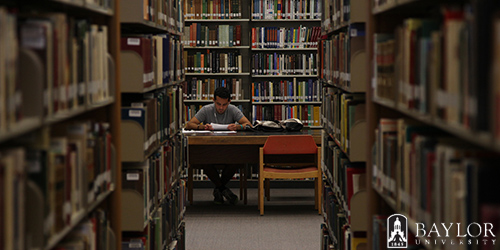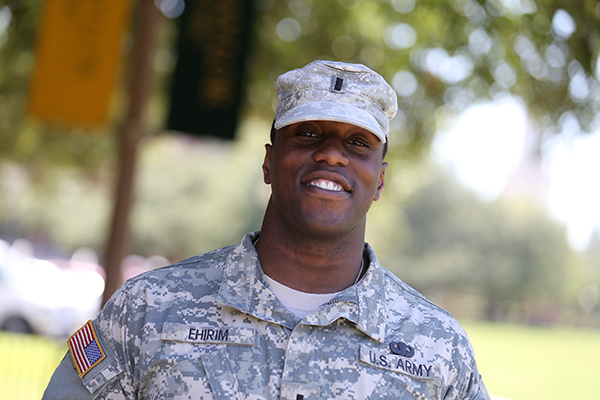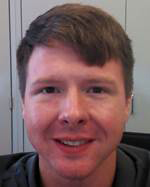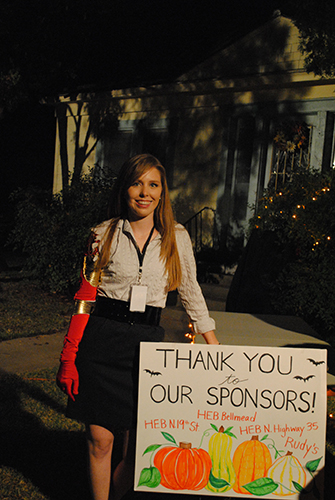The 3 Minute Thesis competition began in Australia less than a decade ago, but has already begun to spread internationally. The competition challenges students to present their research in a simple, yet engaging fashion. Over the past three years, the Graduate Student Association (GSA) has helped Baylor join the over two hundred schools now hosting the event. On October 18th, eleven graduate students, representing eight different departments, came together in the Incubator to share their research with family, friends, and colleagues.
There were two groups in the competition: PhD candidates and Master’s students. In each group, there were prizes for first ($300), second ($100), and third ($50), as well as, an audience choice prize ($30). The judges for the night were Dr. Larry Lyon, Dean of the Graduate School, Pattie Orr, Dean of the University Libraries, and Dr. C. Kevin Chambliss, Professor of Chemistry. They rated each presenter on two main categories: comprehension/content and communication/engagement.
The competitors were as followed:
Sarah Rude (English) spoke about her work of sight perception in Medieval Literature. Sarah is studying how the trend from extramission to intromission effected literature during the thirteenth century.
Su Jin Kang (Sociology) presented on her research on inequality studies. Su Jin is looking at the effects of social status on potential health outcomes in the United States, Japan, and South Korea.
Michael Spiegel (Chemistry) shared his findings on the new drug selenomaltol. Michael is researching the effects of the drug on heavy metal poisoning and its potential to be selective in that process.
Bethany Smith (Sociology) talked about her research into entrepreneurial success. Bethany is interested in finding the motivations for financial success in women and minority groups to eventually make their business plans more effective.
Andrew Cox (Biology) relayed information about his studies to develop a new genetically modified nectar in impatiens. With malaria affecting over two million people every year, Andrew’s nectar would be toxic to the parasite that causes the disease, but not to the plant nor the mosquito.
Bekah Burket (Environmental Science) displayed her research over the last year of looking at the waste water of Hong Kong. Bekah is gathering information to discover how healthy communities are during different seasons of the year.
Scott Prather (Religion) presented his research on the evolution of penance. Scott shows how different factions of Protestantism evolved in their own ways to use penance for social control.
Ian Anthony (Chemistry and Biochemistry) spoke about his exploration of chemical identification. Ian is using both a mass spectrometer and a vacuum ultraviolet spectrometer to more accurately and fully identify a chemical.
Tim Orr (Religion) introduced his examination of communities in sixteenth century Europe. Tim argues that different communities were both resonant and dissonant of each other, but eventually, because of their stubbornness, choose the latter.
Lauren Bagwell (Curriculum and Instruction) talked about her belief in adding spoken word poetry to social studies classes. Lauren believes that it can help with bettering the class’s curriculum, as well as, each student’s relationship to each other and with themselves.
Jared Hanson (Geology) shared his findings on the Marcellus Shale. Jared is researching the importance of how the Shale grew both laterally and vertically to help extract more of its naturally gas.
Everyone did excellent, but in the end there had to be winners. The Master’s student winners were Andrew Cox (1st), Lauren Bagwell (2nd), and Jared Hanson (3rd), while the PhD candidate winners were Ian Anthony (1st), Tim Orr (2nd), and Scott Prather (3rd). The audience choices were Andrew Cox and Bekah Burket. After the prizes were presented, Dr. Lyon admired everyone’s research and spoke about how important a skill it is to succinctly discuss it to someone with little previous knowledge.
While the 3 Minute Thesis is still in its infancy at Baylor, GSA hopes to keep building it and possibly send representatives to national and international competitions soon. As for now, it serves as a great way to support and celebrate fellow students and their research.
By Matthew Doyen
